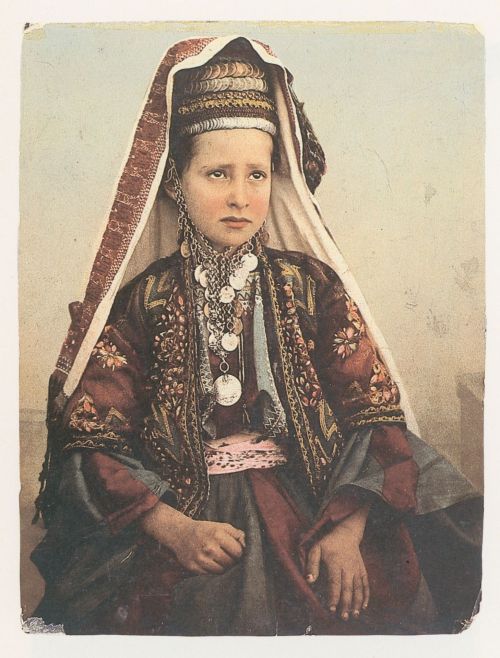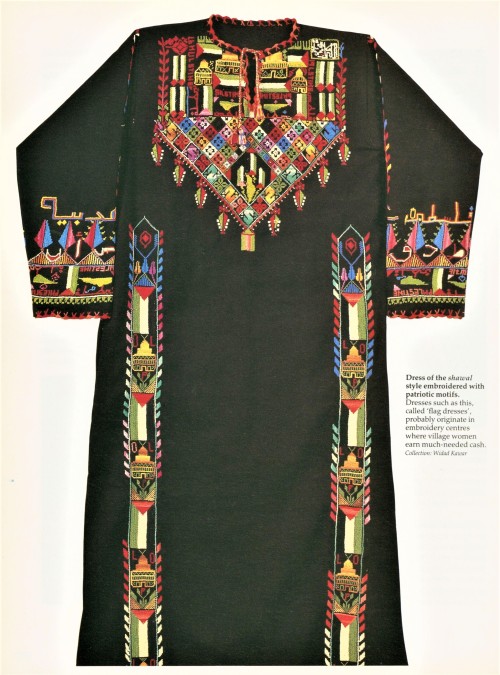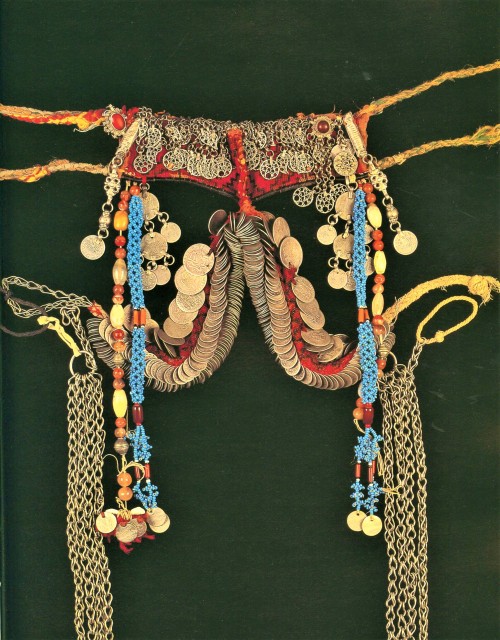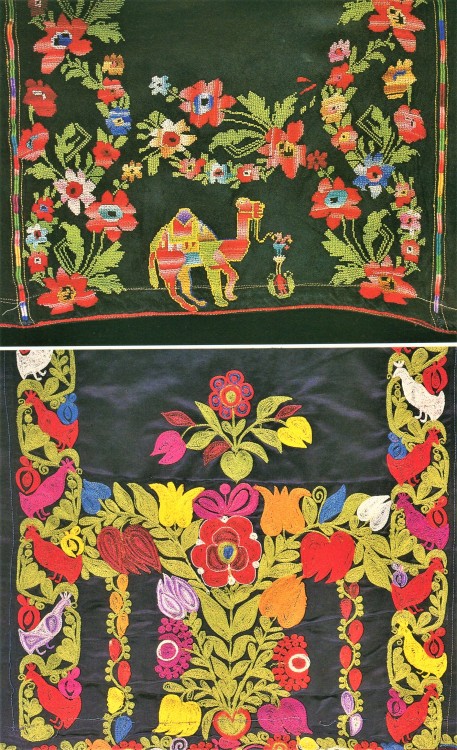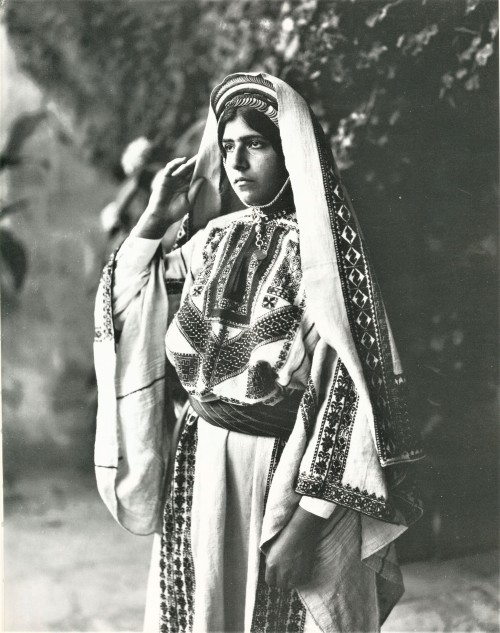#palestinian culture
Fashion Friday
We’re highlighting traditional Palestinian garb this week, with illustrations from Palestinian Costume by the esteemed scholar of Palestinian costume, textiles, and embroidery, Shelagh Weir.Published by British Museum Publications of London in 1989, the book is the product of over twenty years of field research conducted by Weir as curator of Middle East Ethnography for the Museum of Mankind(British Museum). Weir pays special attention to the way costume acts as a sort of social language and pairs this linguistic reading of dress with an analysis of Palestinian wedding songs. It was designed by award-winning book designer Roger Davies and printed in Milan, Italy by Amilcare Pizzi, S.p.A.
Amilcare Pizzi (1891-1974) was an Italian footballer, typographer, and publisher who used his first paycheck from A.C. Milan to purchase a printing press in 1914. In 1933, Amilcare Pizzi became the first company in Italy to employ offset printing. Their factories were completely razed by Allied bombing in 1943, but Pizzi rebuilt and established an international reputation for fine art printing, working for institutions like the Metropolitan Museum of Art, the National Gallery, and the British Museum. The company’s own imprint, Silvana Editorale, publishes primarily exhibition catalogs and fine art monographs.
View photo captions (taken from the publication and edited for length) for more information about the images.
ViewmoreFashion Friday posts here.
-Olivia,Special Collections Graduate Intern
Post link

